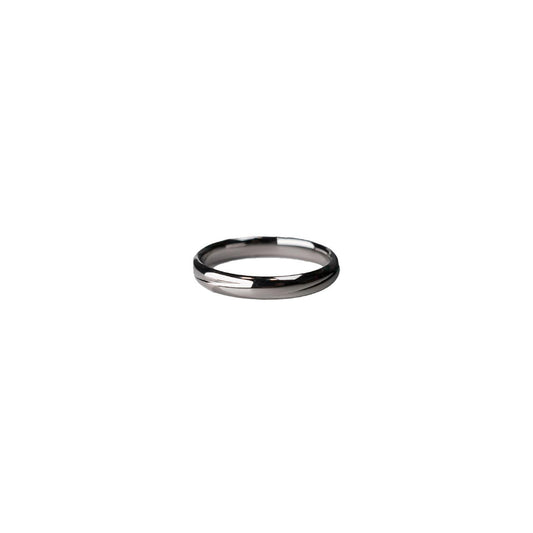A Dance of Colors The Fascinating World of Colour-Changing Stone
A Dance of Colors The Fascinating World of Colour-Changing Stone
My grandmother’s favorite ring, a peculiar piece I remember being mesmerized by, was not what one would call ordinary. It perched on her hand like a small, mysterious entity, the stone at its heart shifting hues as if it were alive. “Mood ring,” she’d chuckle, watching me hold my breath in wonder as it transitioned from a deep ocean blue to a fiery amber. I later discovered it was made of a stone called alexandrite, a color-changing wonder that feels almost magical.
Alexandrite is one of the fascinating natural marvels, renowned for its ability to change color under different lighting conditions. It exhibits a captivating shift from greenish hues in daylight to redder tones under incandescent light. This chameleon-like gem was first discovered in Russia’s Ural Mountains in the 1830s, and its rarity adds to its allure. The phenomenon behind its color change is due to its unique crystal structure, which absorbs light in such a way that different wavelengths are more pronounced under varying lighting.
Culturally, alexandrite holds a special place, often revered as a stone of good fortune and a bringer of balance. It's not uncommon to hear about its role in Russian lore, where it symbolized the power and intellect of the czars. Today, while mining in Russia has dwindled, alexandrite can still be sourced from other parts of the world, including Brazil, Sri Lanka, and East Africa, each location offering subtle tonal variations due to differences in mineral composition.
In the jewelry world, alexandrite’s enigmatic nature makes it highly sought after, and its rarity ensures it remains a symbol of luxury and exclusivity. Fashion cycles have seen an enduring admiration for the stone, partly because of its unusual nature and also because its hues conveniently complement a myriad of wardrobe choices. I remember seeing a contemporary designer's collection where alexandrite pieces were featured prominently, creating an ethereal aesthetic that resonated deeply with the audience.
While the natural variety can be hard to come by, synthetic versions have been developed, making the stone more accessible without losing its enchanting quality. Yet, like many, I hold a soft spot for the original—the way it shared a small piece of its history with my grandmother’s stories, the past and present meeting in every flicker of color.
Owning a color-changing stone like alexandrite is more than possessing a beautiful gem; it’s about holding a fragment of nature’s alchemy, a conversation starter, a silent companion to our events both mundane and extraordinary. Every time I see one, I am drawn back to those childhood moments, where curiosity met wonder, and a gem taught me how light can dance.
In today’s fast-paced world, where trends seem to flicker as quickly as our screens, there’s something reassuring about a piece of jewelry with such a tangible connection to the Earth’s mysteries. Well, let's just say if you’re in the market for something unique, an alexandrite might just be the conversation piece you didn't know you needed.


























